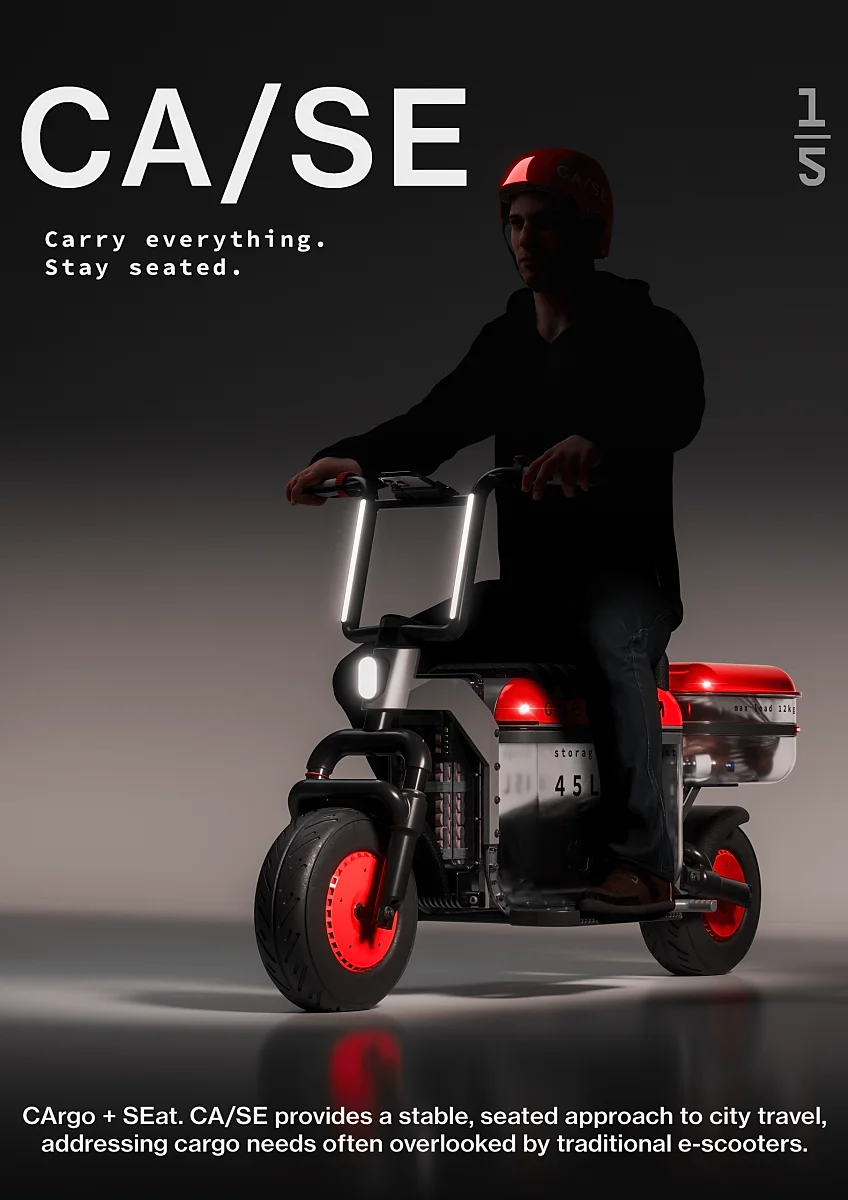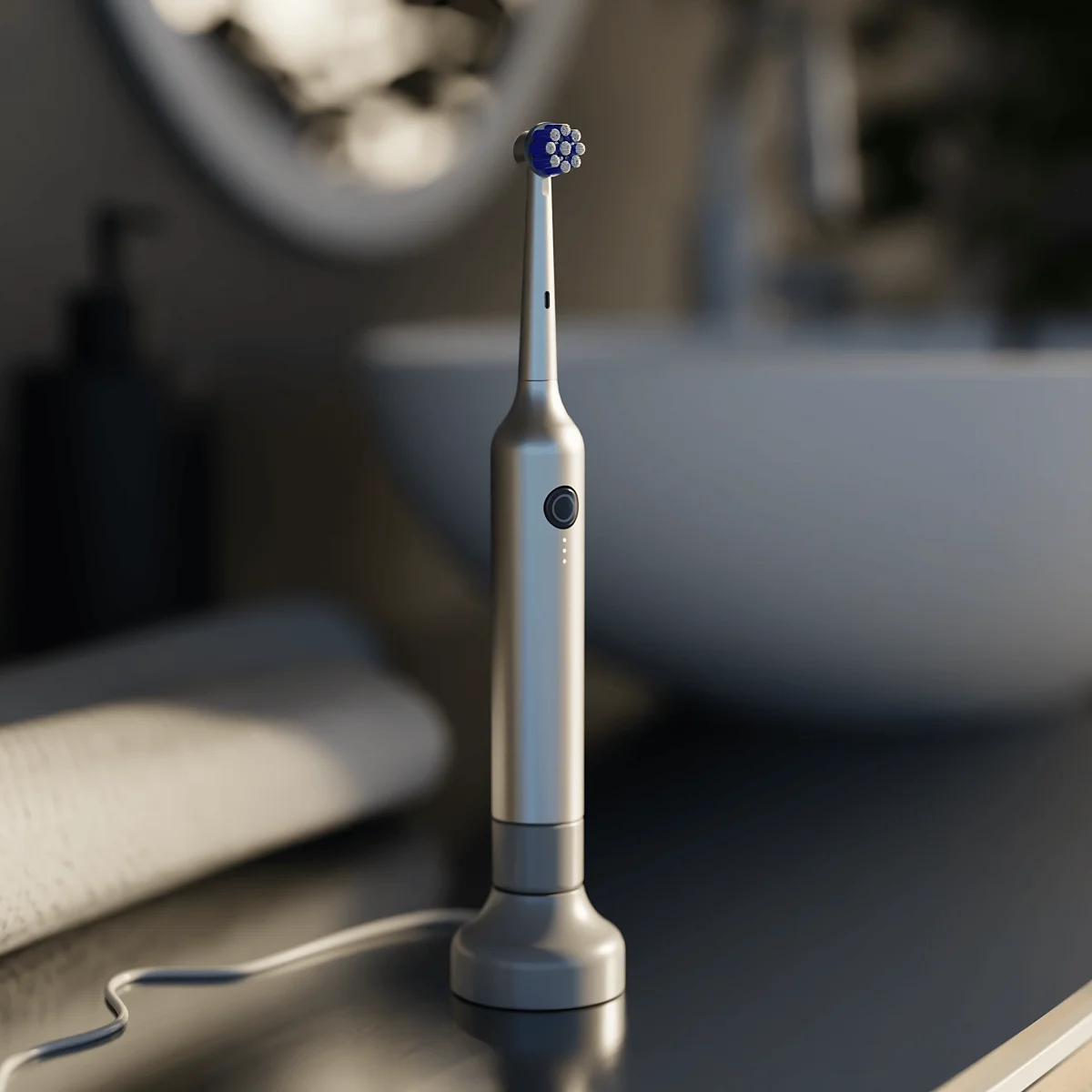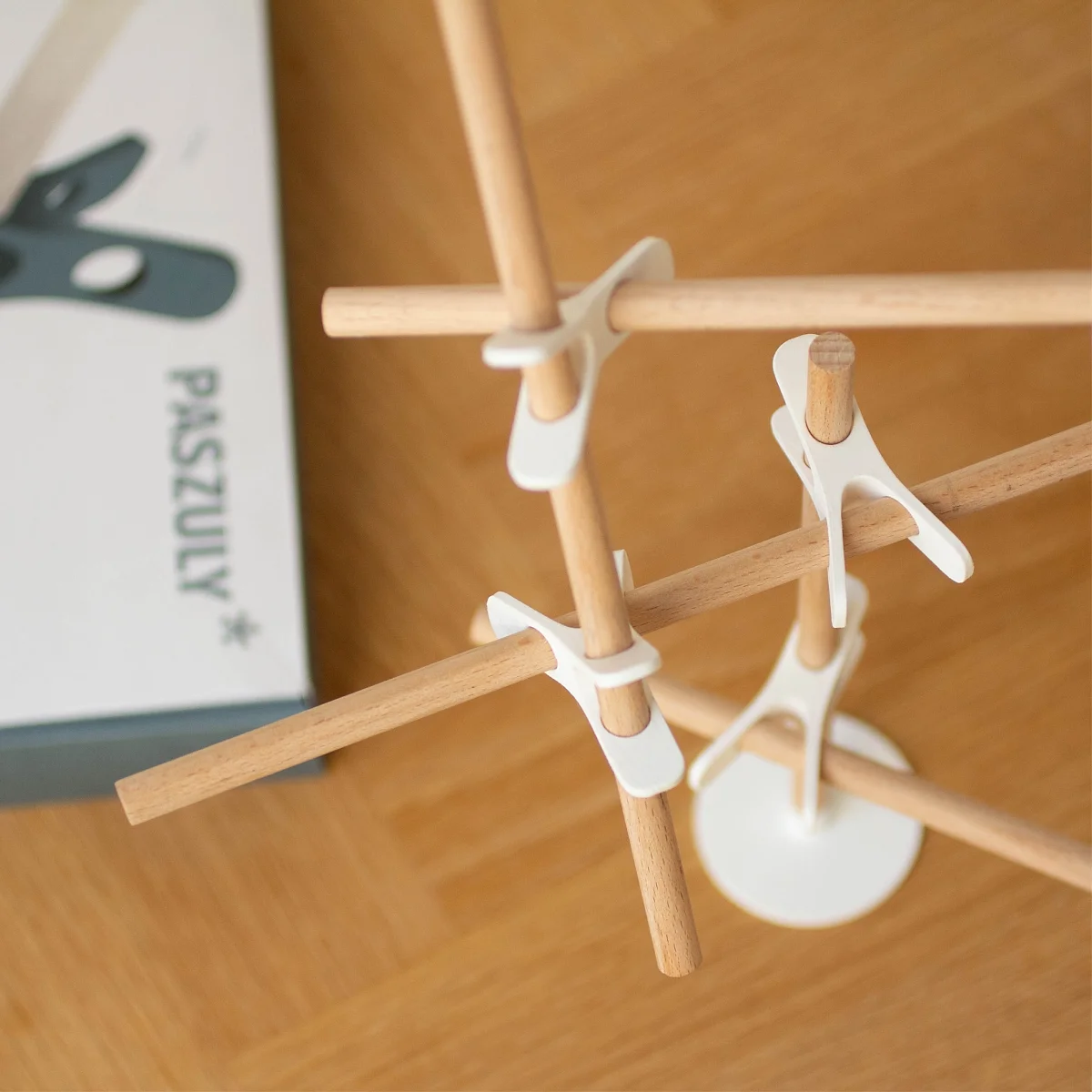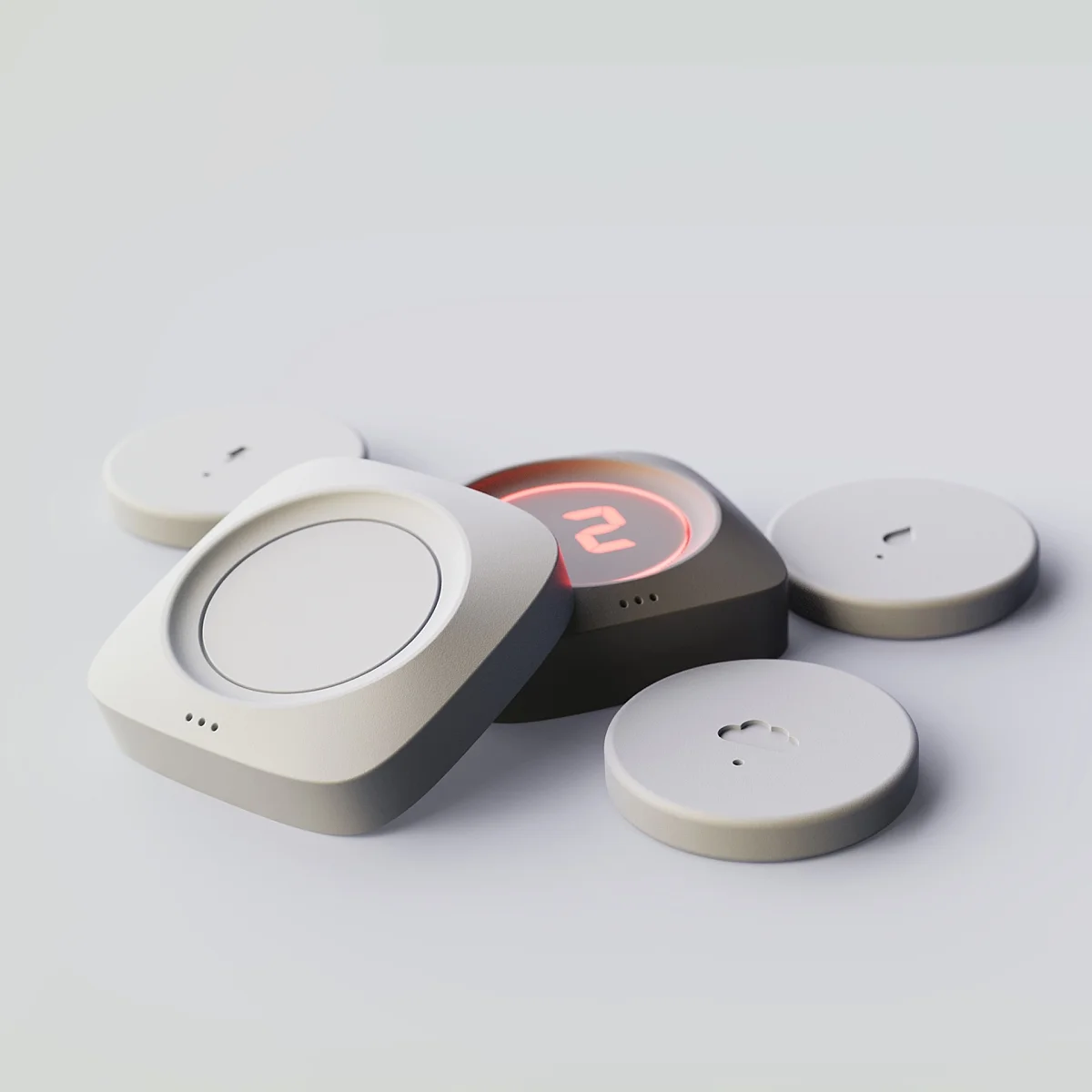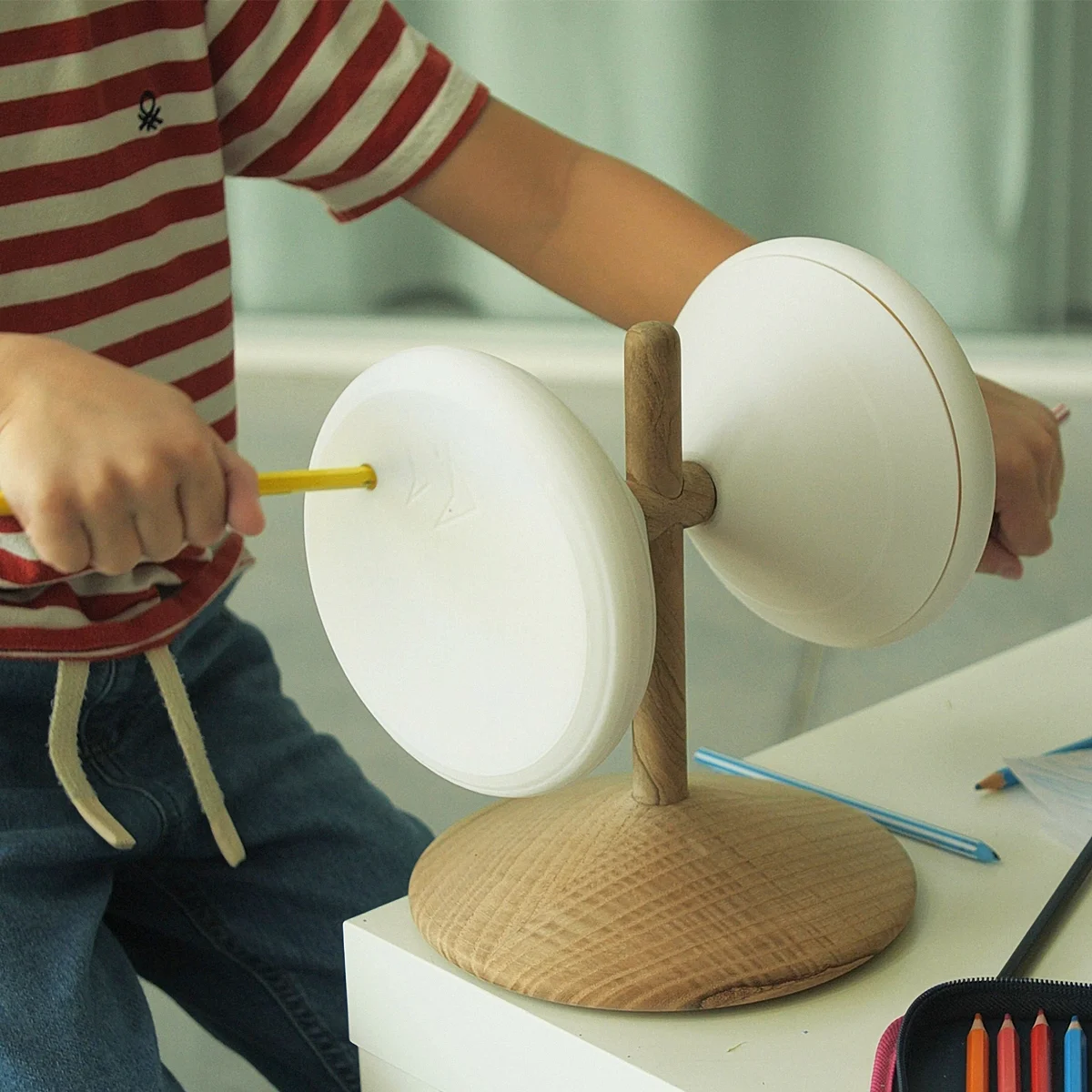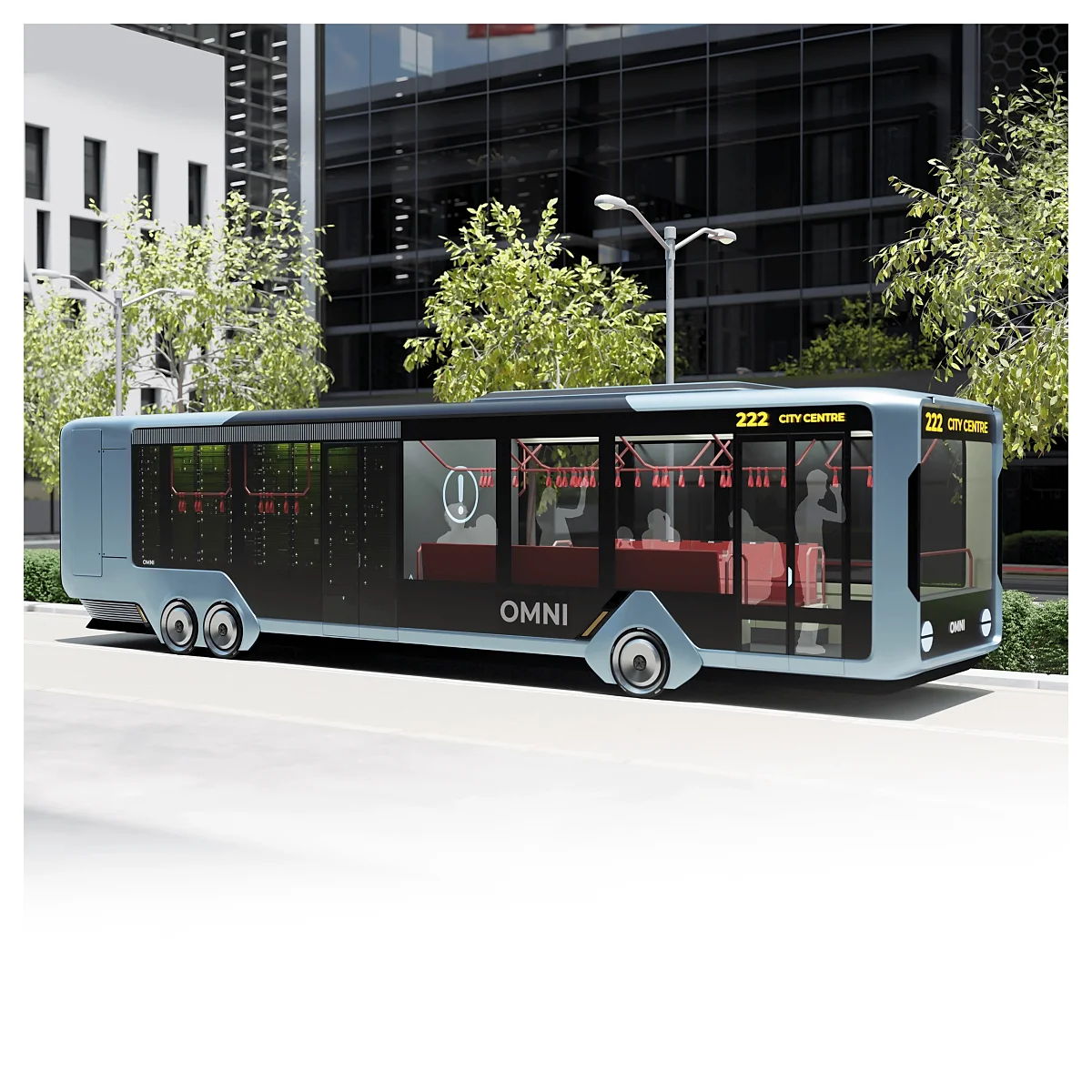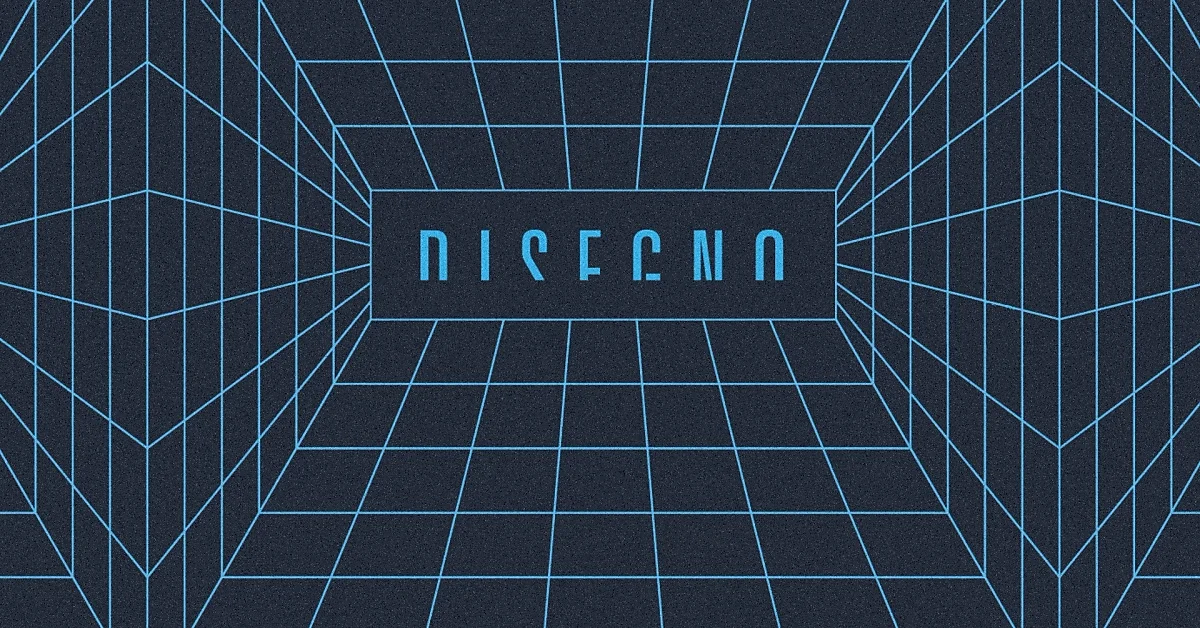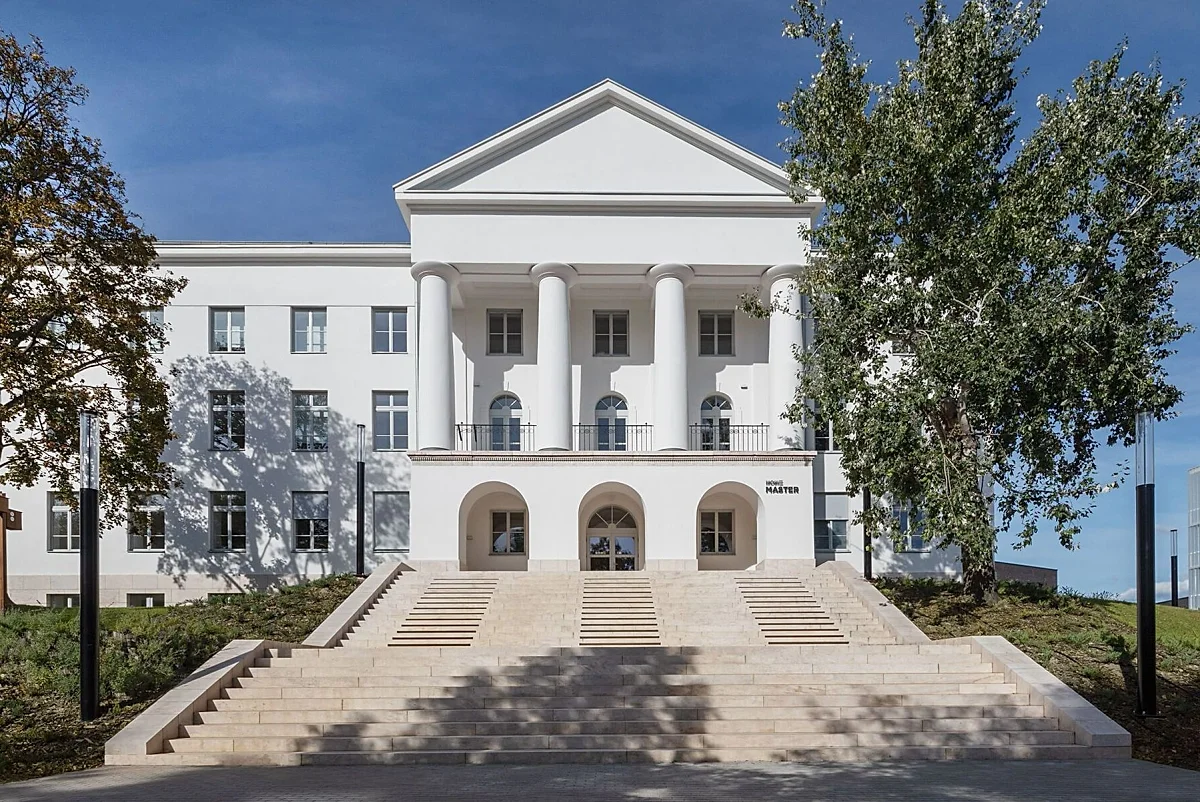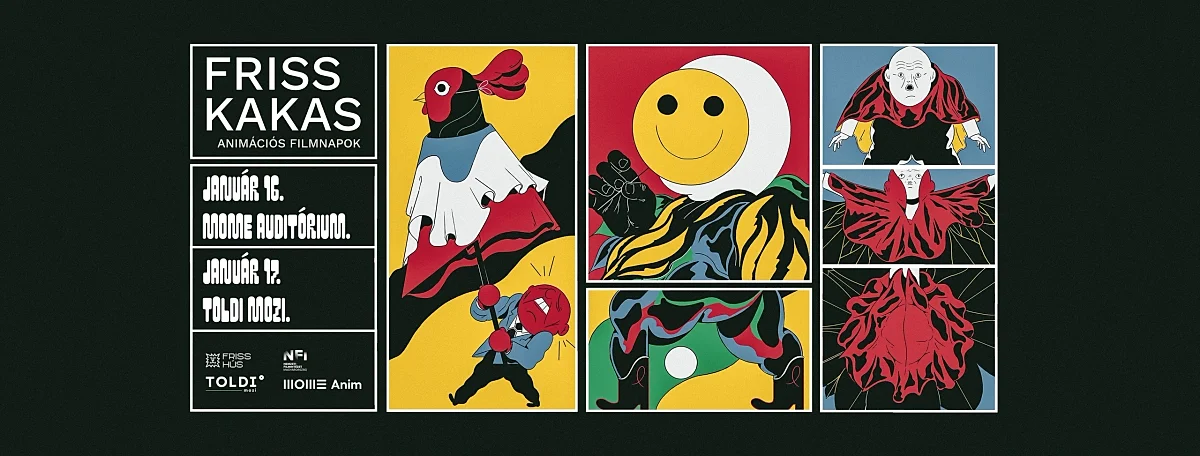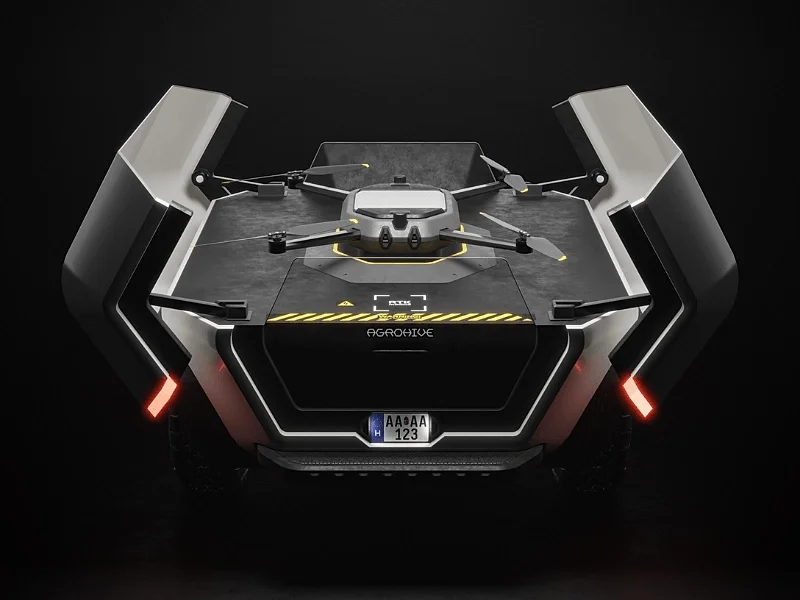
MOME students once again take top honours at the Red Dot Awards
Twelve of the 42 design and interaction design students who submitted entries for the second edition of MOME’s 2025 mentorship programme were selected. The mentors supported students not only in refining their concepts but also in shaping the accompanying communication packages. The results speak for themselves: the targeted mentoring provided an inspiring and effective framework for competing on the international stage.
Seven forward-looking design concepts awarded
Bristly, designed by Zsombor Égerházi, reduces plastic waste in dental care by allowing users to replace just the brush rather than the entire head. The colour-coded, snap-in mechanism offers a smarter and more sustainable approach to everyday hygiene.
Anna Kőszeghy’s Spinny is part pencil sharpener, part therapeutic tool. Designed to support coordination between the brain’s two hemispheres in a playful way, it also addresses the needs of children living with attention deficit disorder and learning difficulties. It encourages fine motor and neurological development while doubling as a fun, functional classroom object.
Inspired by the complexity of beehives, Gergely Sárady developed AGROHIVE, a mechanised pollination system for agriculture. Centred around a precision drone, the concept integrates a docking station and transport unit to create a self-contained system that supports sustainable farming practices while reducing strain on human workers – and doing so with minimal environmental impact.
Nóra Szilágyi’s EVE Alarm System is a community-based IoT emergency device developed to provide a faster and more straightforward life-saving solution for vulnerable individuals – particularly the elderly or those living alone. The system links neighbouring households and detects emergency situations such as carbon monoxide leaks, while additional sensors can be connected to monitor other risks. Operating independently of any smartphone app, the device uses minimal energy and triggers an immediate local alert, enabling faster intervention until professional help arrives.
Márton Takács’s CA/SE concept addresses key shortcomings of urban e-scooters, especially safety and carrying capacity. His design merges passenger and goods transport into a single solution, redefining micromobility for the demands of modern urban life.
Vince Tass’s Paszuly is a modular construction toy made from prefabricated pegs and flexible connectors. It helps develop fine motor skills and enter a state of focused flow by encouraging creative play. The structures it produces are almost endlessly variable and visually refined enough to be displayed as decorative objects in the home.
Zoltán Zoboki’s OMNI system proposes a radical rethink of public transport to revolutionise the delivery of online orders. These autonomous, multi-purpose vehicles operate as passenger shuttles during peak hours and switch to parcel delivery at quieter times. The concept is designed to improve logistics efficiency, which in turn reduces urban traffic and environmental impact, and contributes to making future cities more sustainable.
MOME has secured third place in the Red Dot Design Ranking
These individual successes also reflect positively on MOME’s broader reputation. According to the 2024 Red Dot Design Ranking, MOME now ranks among the top design universities in the world. By placing third, it surpassed a number of well-established institutions from Western Europe and Asia, with only the Umeå Institute of Design in Sweden and the Savannah College of Art and Design in the United States ranking higher. The ranking is based on results from several years of Red Dot competitions and offers a valuable measure of the strength of MOME’s design and interaction design programmes.
Why the awards matter
There’s been growing debate in Hungary about the relevance and credibility of design and creative industry awards, including the Red Dot, but the Red Dot Award remains one of the most respected global benchmarks in the field, and a widely recognised indicator of professional excellence.
Winners – even student entrants – gain the right to use the Red Dot logo, a mark of excellence from what is often described as the design world’s equivalent of the Oscars. This serves as a clear signal that their project is not only innovative but exceptionally well executed. Having student projects judged alongside international entries is also a sign of how effectively MOME prepares students for a competitive international arena. And beyond the prestige, the competition experience itself offers powerful learning opportunity: students gain practice in presenting their work to an international jury, positioning their ideas, and responding thoughtfully to complex global challenges.
